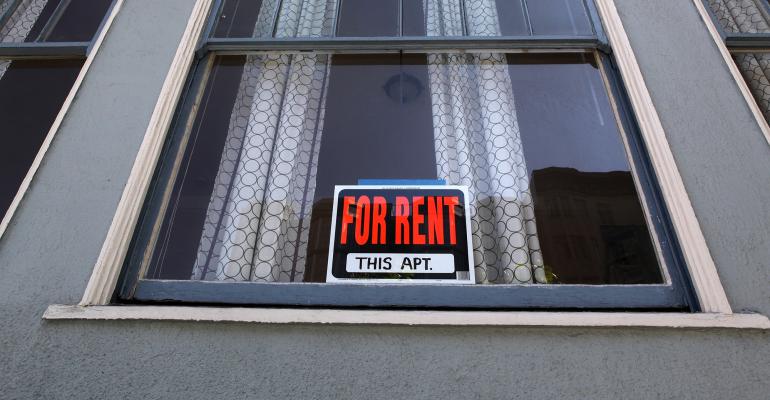(Bloomberg)—The cooldown in US housing should show up in official inflation data next year, according to a new index that aims to capture changes in rental markets without the usual lag.
Researchers at the Federal Reserve Bank of Cleveland and the Bureau of Labor Statistics built a gauge that’s based only on the leases of tenants who recently moved in, and compared it with another that measures the average of rents for all tenants.
The results, according to a paper this month, show the new-tenant index is now dropping fast, from a peak around 12%. The researchers found that their new-tenant data tends to run ahead of BLS housing measures in the consumer price index by about one year, while for the all-tenant measure the gap is about one quarter.
Because of the mechanics of how housing is captured in the official inflation data, there’s typically an extended time-lag before real-time market conditions show up in the numbers. That can leave policy makers at the Fed and elsewhere flying somewhat blind when it comes to shelter costs, which are largest component of the CPI basket.
For that reason, the new index built by the Fed and BLS teams “might be the single most important new inflation indicator” right now, said Joseph Politano at Apricitas Economics.
The researchers cite an ongoing debate over whether the headline inflation numbers should use housing data based on the entire rental market, or new tenants only. The former covers the financial experience of a much wider range of people, while the latter is better at capturing the latest shifts in market prices.
© 2022 Bloomberg L.P.





